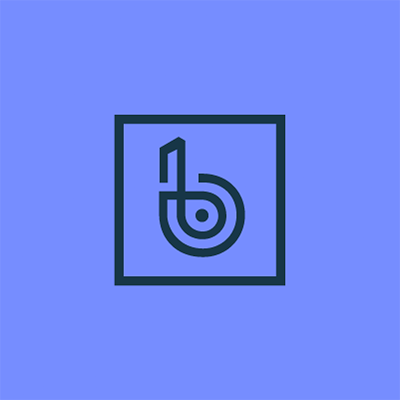293 reads
Explore Error Monitoring and Stability Management for Flutter Applications with Bugsnag
by
October 18th, 2022
Audio Presented by

The leading application stability management solution trusted by over 6,000 engineering teams worldwide.
About Author
The leading application stability management solution trusted by over 6,000 engineering teams worldwide.